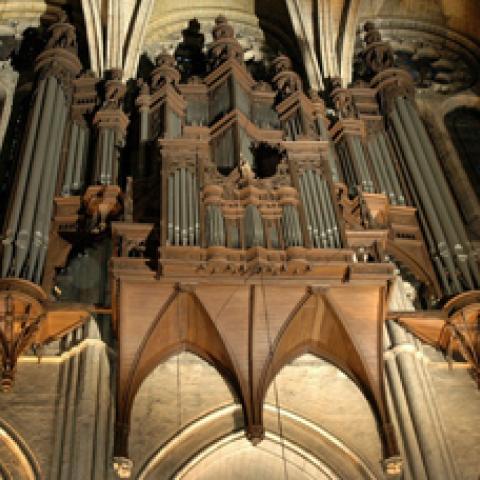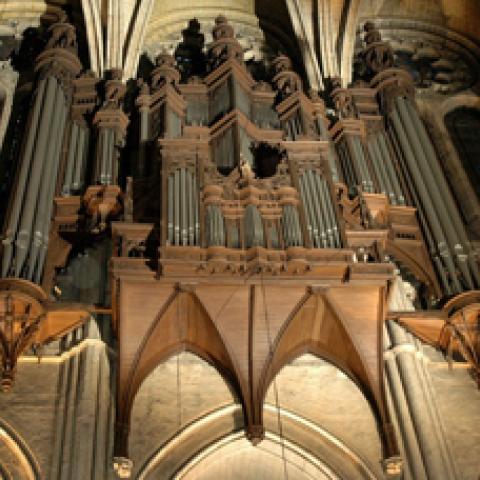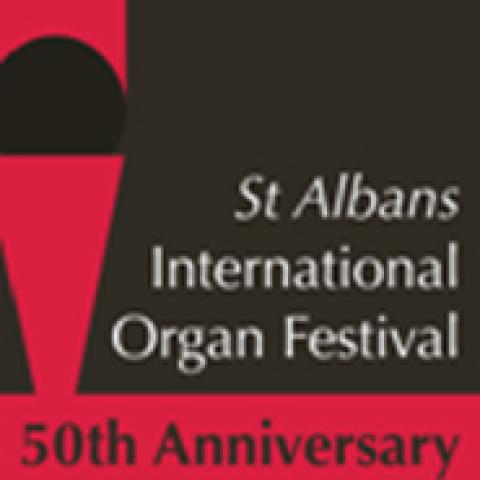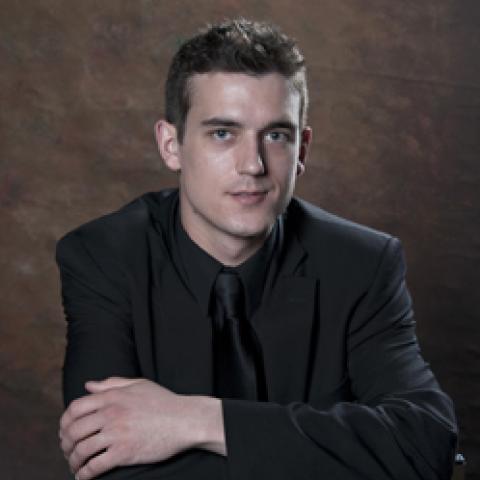
The 26th International Organ Competition of Chartres, France, organized in 1971 by the Association of Grands Orgues of Chartres, was held September 9.
The jury for the interpretation finals consisted of Daniel Roth (Grand Prix de Chartres 1971, France), chair, Susan Landale (Great Britain), Jon Laukvik (Norway), Dong-ill Shin (Grand Prix de Chartres 2006, South Korea), Stephen Tharp (United States), and Véronique Le Guen and Olivier Vernet (both of France).
Johannes Zeinler, 25, of Austria, won three awards: first prize for interpretation, public prize for interpretation, and the prize for the best interpretation of a work of Thomas Lacôte (http://johanneszeinler.com/en_US/). Daria Burlak, 32, of Russia, was presented the second prize for interpretation (http://dariaburlak.com). Amélie Held, 21, of Germany, is a finalist (www.amelieheld.com).
The program for the final round included Prelude and Fugue in G Major, BWV 550, by Bach, Phteggomai, by Thomas Lacôte (world premiere, commissioned by the Association des Grandes Orgues de Chartres), “Choral” from Symphonie VII, opus 42, by Charles-Marie Widor, and Prelude and Fugue on the Name of Alain, opus 7, by Maurice Duruflé.
For information: www.orgues-chartres.org.
Jonannes Zeitler with competitors and jury, Chartres Cathedral, France






